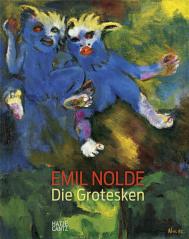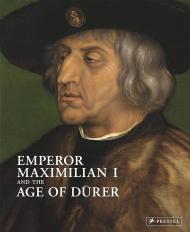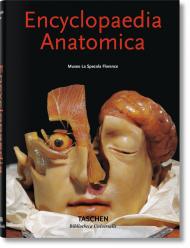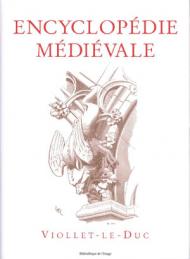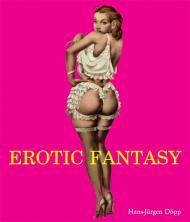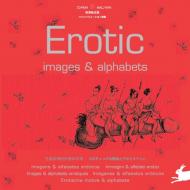Monika von Düring, Marta Poggesi
ID:
12666
Know Thyself. The complex universe beneath your skin
This book will literally get under your skin. From La Specola museum in Florence, this fantastic exploration of what lies inside us all reveals the inner workings of the body in meticulous anatomical waxworks. From skeletons to vein structures, organs to nerves, and arteries to the delicate pores of the skin, the human body is mapped out in meticulous, exacting detail.
From the eccentric museum La Specola in Florence comes this amazing collection of waxworks depicting human anatomy in all its dazzling complexity. A selection of wax bodies and body part and organ studies from the museum’s collection is presented here; from skeletons to vein structures, organs to nerves, and arteries to the delicate pores of the skin, the human body is mapped out in meticulous and exacting detail. Texts explaining the human anatomy in layperson’s terms and exploring the historical and cultural significance of the wax figures complete this “total body experience.”
The contributing authors:
Monika von Düring is Professor Emeritus of Neuroanatomy at the Ruhr University in Bochum, Germany. Her brief medical explanations help to guide both lay-reader and medical expert through this graphic encyclopaedia of anatomy.
Marta Poggesi is a biologist, and was curator of the museum La Specola from 1969 to 2009. Parallel to research projects, she managed and catalogued the museum collections, to which the anatomical wax bodies and parts belong.
About the series:
Bibliotheca Universalis — Compact cultural companions celebrating the eclectic TASCHEN universe at an unbeatable, democratic price!
Since we started our work as cultural archaeologists in 1980, TASCHEN has become synonymous with accessible, open-minded publishing. Bibliotheca Universalis brings together more than 100 of our all-time favourite titles in a neat new format so you can curate your own affordable library of art, anthropology, and aphrodisia.
Bookworm’s delight — never bore, always excite!

